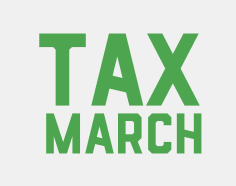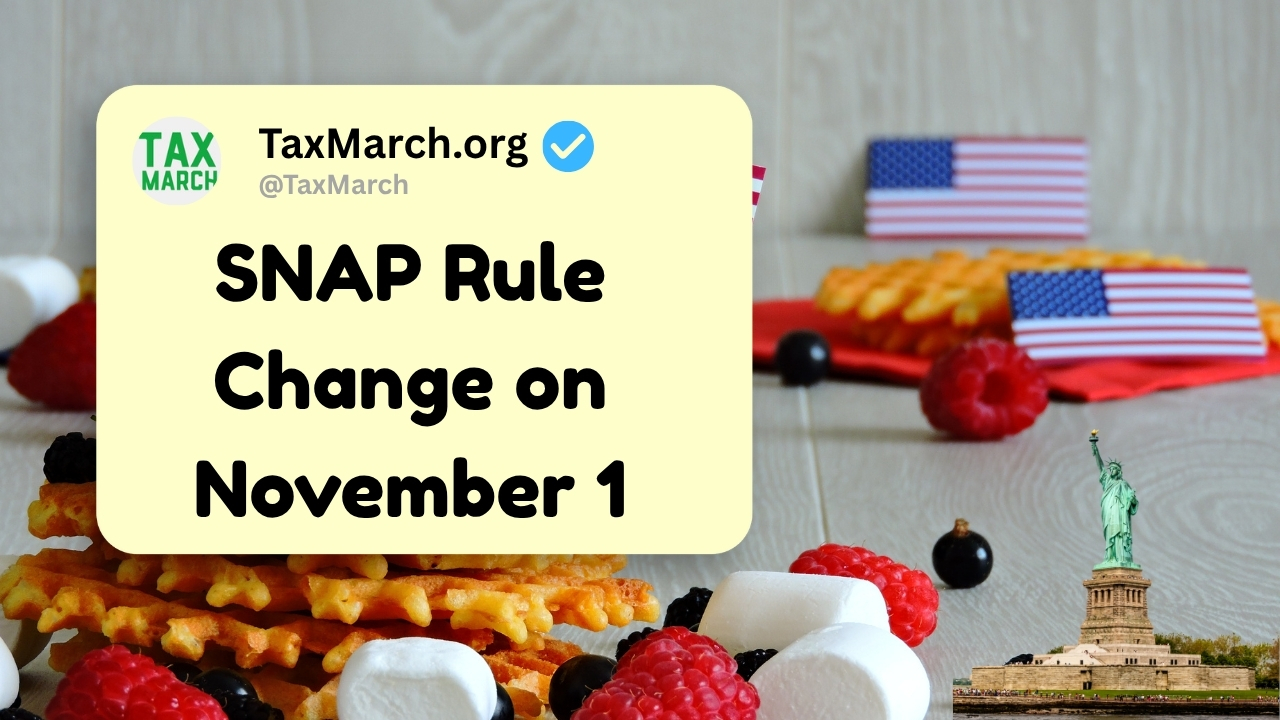The Supplemental Nutrition Assistance Program (SNAP) is the nation’s largest anti-hunger program. Beginning November 1, 2025, the U.S. Department of Agriculture (USDA) will fully implement expanded work-related time limits for Able-Bodied Adults Without Dependents (ABAWDs)—a shift widely associated with the One Big Beautiful Bill Act (OBBBA) of 2025.

Supporters say the reform promotes work and self-sufficiency. Critics warn it could increase food insecurityespecially for older adults, veterans, and people experiencing homelessness. If you receive SNAP or help clients who do, understanding the new rules—and the new 80-hour monthly requirement—is essential.
“This is a structural change, not a short-term tweak,” notes Dr. Alicia Morton, public policy analyst. “State agencies and households will both need new routines to document hours, exemptions, and compliance.”
Also Read Goodbye to SNAP Benefits in November 2025: Millions of Americans at Risk of Losing Food Benefits Amid Shutdown
Goodbye to SNAP Benefits in November 2025: Millions of Americans at Risk of Losing Food Benefits Amid Shutdown
Contents
SNAP Rule Change on November 1
Under long-standing SNAP rules, ABAWDs are limited to 3 months of benefits in a 36-month period unless they’re working or in qualifying activities. The new rules expand who counts as an ABAWD and reshape exemptions.

What’s new on Nov. 1, 2025:
- Age Expansion: Time-limited ABAWD category now applies to ages 18–64 (previously up to 54).
- Narrower Parent Exemption: Caregiver exemption applies only if you’re responsible for a child under 14 (previously under 18).
- Work Requirement Clarified: To keep benefits beyond 3 months, ABAWDs must average 80 hours per month in qualifying activities or be exempt.

“The three pieces everyone must grasp are age, hours, and exemptions,” says Kendra Lee, SNAP E&T program director. “If you’re newly included, talk to your local office now.”

New Eligibility Rules for SNAP
You may be considered an ABAWD if you:
- Are 18–64,
- Are not responsible for a dependent child under 14, and
- Do not meet another exemption (examples below).
Common Exemptions (examples):
- Verified disability or medical unfitness for work.
- Regular work of 80+ hours/month.
- Pregnancy.
- Caretaker exemption for a child under 14.
- Newly established exemption for certain Indigenous individuals (as defined by federal law).
“If you believe you qualify for an exemption, submit documentation early,” advises Miguel Santos, benefits attorney. “Don’t wait for a sanction notice.”
Benefits of New SNAP Rules
- Access to food support while working or training: The framework is designed to pair benefits with employment pathways (E&T, training, volunteering).
- Clear hour target: The 80-hour benchmark gives a straightforward goal for compliance.
- Local E&T services: Many states will scale up E&T offerings—resume help, training, job placement—which can count toward hours.
| Step | What You Do | What Counts | How to Document | Where/When to Report |
|---|---|---|---|---|
| 1 | Confirm your status | Are you 18–64 and without a child <14? | Intake interview/notice from state | Upon notice or next recertification |
| 2 | Choose qualifying activities | Work, self-employment, approved volunteering, E&T, education/training | Pay stubs, timesheets, E&T attendance, school records | Monthly or as required by your state |
| 3 | Track 80 hours/month | Any combination totaling ~20 hrs/week | Keep a written log; collect proof weekly | Submit by your state’s deadline |
| 4 | Check for exemptions | Medical, pregnancy, caretaker under 14, Indigenous exemption | Doctor’s letter, custody/household proof, tribal documentation | As soon as you qualify |
| 5 | Keep contact info current | Phone, address, email | Update promptly to avoid missed notices | Immediately upon change |
| 6 | Appeal/ask for help | If sanctioned or confused | Legal aid, community orgs, E&T case manager | Within appeal window stated in notice |
“Think of it like payroll,” says Samara O’Neil, SNAP caseworker. “Create a weekly habit: log hours, file proof, and keep copies.”
What’s Changing on Nov. 1, 2025?
| Policy Area | Before | After (Nov. 1, 2025) | What It Means |
|---|---|---|---|
| ABAWD age range | 18–54 | 18–64 | Adults 55–64 may now be time-limited unless exempt/meeting hours |
| Parent exemption | Child under 18 | Child under 14 | Parents of 14–17-year-olds must meet hours or qualify otherwise |
| Monthly requirement | Often 80 hrs but varied by admin practice | 80 hours/month nationwide | Clear, uniform threshold |
| Exemptions (selected) | Broader set in some places | Revised: Indigenous exemption added; veterans/homeless/youth aging out of foster care no longer automatic | More people must document hours or other exemptions |
| E&T capacity | Variable | Scaling up | More training slots—but sign up early |
Key Dates for SNAP Payments
- July–October 2025: States received implementation guidance; outreach began to newly affected groups.
- November 1, 2025: Full national rollout of expanded ABAWD rules and exemptions.
- November–December 2025: States ramp up E&T enrollment, documentation systems, and compliance checks.
Why it Matters?
- Household impact: Newly affected adults (especially 55–64) may face tighter timelines to meet hours or apply for exemptions.
- Community impact: Food banks expect increased demand where individuals lose benefits; local economies could see lower grocery spending where SNAP decreases.
- Administrative impact: States must screen, verify, and track more clients; E&T programs may have waitlists—early enrollment is critical.
“Every SNAP dollar turns into more than a dollar in local spending,” says Dr. Leila Grant, community economist. “Smoother transitions into work or E&T can protect families and neighborhood stores alike.”
Things to Remember by New Yorkers
- Read your notice: If you’re 18–64 without a child under 14, expect new documentation requests.
- Pick your path: Work, volunteering, E&T, training—or a combination—totaling 80 hours/month.
- Document weekly: Keep pay stubs, timesheets, and attendance records.
- Ask about exemptions: If medically unfit, pregnant, a caretaker of a child under 14, or an eligible Indigenous individual, file proof immediately.
- Enroll early in E&T: Slots can fill quickly.
- Keep contact info current: So you don’t miss deadlines or requests.
- Appeal on time: If sanctioned, follow the appeal instructions in your notice.
FAQs
What is the biggest change taking effect on Nov. 1, 2025?
The age range expands to 18–64 and the parent/caregiver exemption narrows to children under 14.
What is the New Monthly Requirement to Keep Benefits?
Recipients must complete 80 hours per month in qualifying work, volunteering, E&T, or training—alone or in combination—unless exempt.
I Care for a 16-year-old. Am I Exempt?
The caregiver exemption now applies only to children under 14. You’ll need to meet the 80-hour requirement or qualify for another exemption.
What Counts as Proof of Hours?
Pay stubs, employer letters, volunteer timesheets, E&T attendance logs, school/training records, or self-employment logs—check your state’s format.
Where Can I Get Help?
Contact your local SNAP office for screening, E&T referrals, and reporting instructions.

